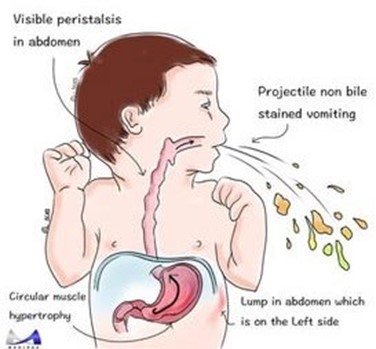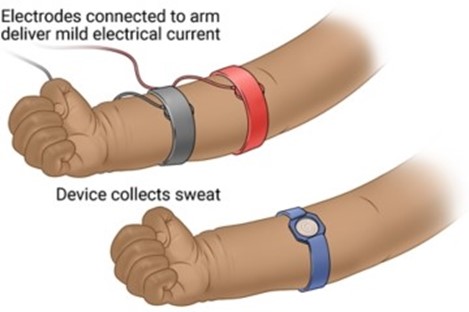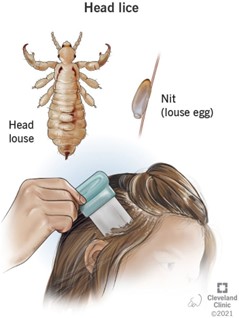The nurse is caring for a 5-week-old infant presenting with a history of projectile vomiting after feedings.
Which additional finding should the nurse expect to assess?
Rebound tenderness in the left lower abdominal quadrant.
Stool that consists of mucus and blood.
Olive-size mass in the epigastric area.
Frequent burping accompanied by poor feeding.
The Correct Answer is C
In a 5-week-old infant presenting with a history of projectile vomiting after feedings, the nurse should expect to assess an olive-size mass in the epigastric area. This finding is consistent with pyloric stenosis, a condition in which the muscle at the bottom of the stomach that controls the flow of food into the small intestine becomes thickened and narrowed.
Rebound tenderness in the left lower abdominal quadrant, stool that consists of mucus and blood, and frequent burping accompanied by poor feeding are not typically associated with pyloric stenosis.

Nursing Test Bank
Naxlex Comprehensive Predictor Exams
Related Questions
Correct Answer is A
Explanation
The nurse should prepare the mother for a sweat-chloride test to screen for cystic fibrosis (CF). A sweat- chloride test measures the amount of chloride in the sweat and is used to diagnose CF. CF is a genetic disorder that can cause the body to produce thick, sticky mucus that can clog the lungs and pancreas. One of the symptoms of CF is salty-tasting skin due to an increased amount of salt in the sweat. The other options (B, C, and D) are not standard diagnostic tests for screening for CF.

Correct Answer is D
Explanation
The nurse should instruct the parents to wash the child's bed linens and clothing in hot soapy water to kill any remaining head lice and prevent reinfestation. The child's brushes, combs, and other hair accessories should also be washed in hot soapy water or disposed of. Taking the child to a hair salon for a shampoo and a shorter haircut is not necessary for treatment of head lice. Rewashing the child's hair following a 24-hour isolation period is not necessary if the permethrin shampoo has been used as directed.

Whether you are a student looking to ace your exams or a practicing nurse seeking to enhance your expertise , our nursing education contents will empower you with the confidence and competence to make a difference in the lives of patients and become a respected leader in the healthcare field.
Visit Naxlex, invest in your future and unlock endless possibilities with our unparalleled nursing education contents today
Report Wrong Answer on the Current Question
Do you disagree with the answer? If yes, what is your expected answer? Explain.
Kindly be descriptive with the issue you are facing.
